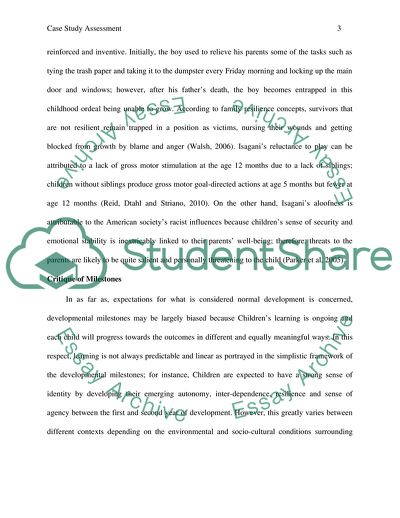Cite this document
(Freuds Psychoanalytical and Ericksons Psychosocial Prospect Case Study Example | Topics and Well Written Essays - 2000 words - 1, n.d.)
Freuds Psychoanalytical and Ericksons Psychosocial Prospect Case Study Example | Topics and Well Written Essays - 2000 words - 1. https://studentshare.org/psychology/1802489-case-study-assessment
Freuds Psychoanalytical and Ericksons Psychosocial Prospect Case Study Example | Topics and Well Written Essays - 2000 words - 1. https://studentshare.org/psychology/1802489-case-study-assessment
(Freuds Psychoanalytical and Ericksons Psychosocial Prospect Case Study Example | Topics and Well Written Essays - 2000 Words - 1)
Freuds Psychoanalytical and Ericksons Psychosocial Prospect Case Study Example | Topics and Well Written Essays - 2000 Words - 1. https://studentshare.org/psychology/1802489-case-study-assessment.
Freuds Psychoanalytical and Ericksons Psychosocial Prospect Case Study Example | Topics and Well Written Essays - 2000 Words - 1. https://studentshare.org/psychology/1802489-case-study-assessment.
“Freuds Psychoanalytical and Ericksons Psychosocial Prospect Case Study Example | Topics and Well Written Essays - 2000 Words - 1”. https://studentshare.org/psychology/1802489-case-study-assessment.


